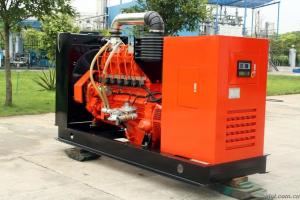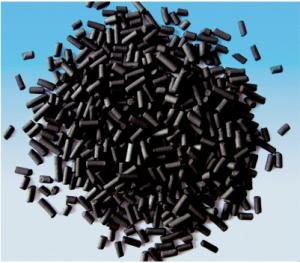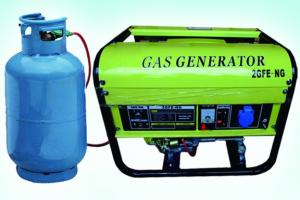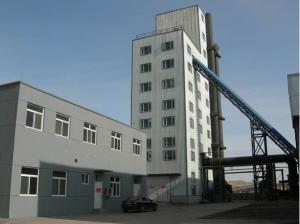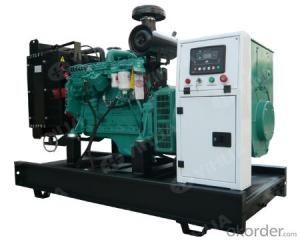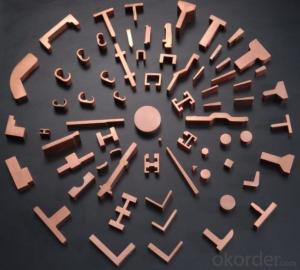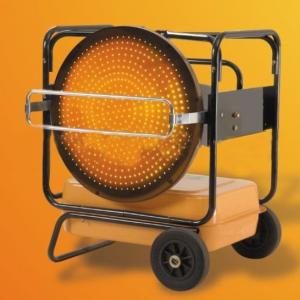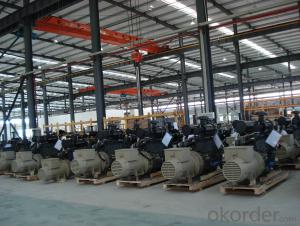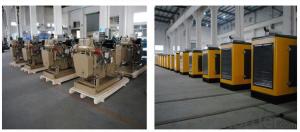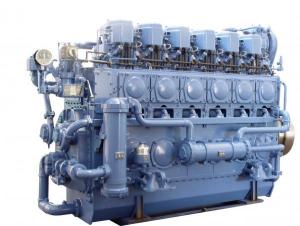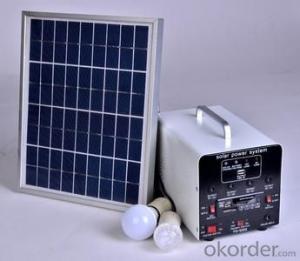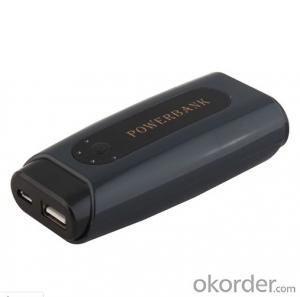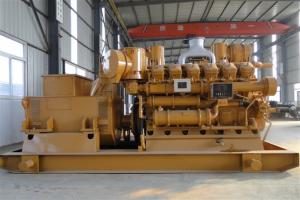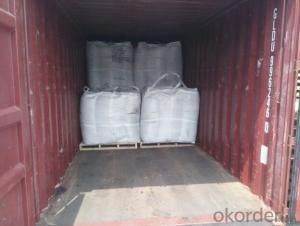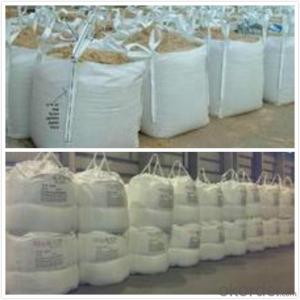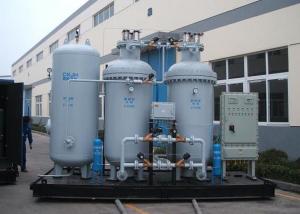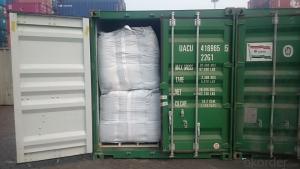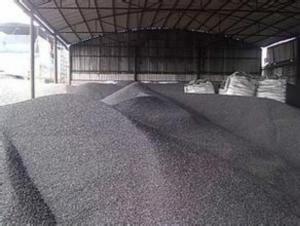Power Generation Using Coal
Power Generation Using Coal Related Searches
Generation Of Electrical Power Cost Of A Ton Of Coal Electricity Generation By Fuel Type Electrical Energy Generation Price Of Coal Per Ton Solar Cell Power Generation Coal Price Prediction Solar Electricity Generation Large Scale Power Generation Coal Price Per Metric Ton Power Generation For Dummies Power Generation Distribution Hydrogen Power Generation Coal Prices 2015 Power Generation Facilities Historical Coal Prices Coal Iron Ore Coal Historical Prices Power Cable Construction Steam Coal Price Hard Coal Prices Coal Price Index Coking Coal Price Per Tonne Iron Ore Coal Spot Coal Prices Today Temporary Power Distribution Production Of Solar Cells Steam Coal Prices Today Rice Coal Prices Indian Coal Price Per TonPower Generation Using Coal Supplier & Manufacturer from China
Power Generation Using Coal is a crucial process that involves the combustion of coal to produce electricity. This method is widely employed in various power plants around the world to meet the ever-growing energy demands. Coal-fired power plants are particularly significant in regions where coal is abundant and cost-effective, making it a reliable source for generating electricity. The process of power generation using coal typically involves the conversion of chemical energy stored in coal into thermal energy, which is then used to produce steam that drives turbines, ultimately generating electricity.The application of power generation using coal can be observed in numerous scenarios, such as industrial facilities, residential areas, and commercial establishments. This method of energy production is particularly advantageous in regions where coal is readily available, as it can help reduce the reliance on imported energy sources and contribute to energy security. Additionally, coal-fired power plants can be scaled up or down depending on the energy needs of the area, making them a flexible option for meeting fluctuating demands.
Okorder.com is a reputable wholesale supplier of power generation equipment, including products related to coal-fired power plants. With a vast inventory of high-quality components and systems, Okorder.com caters to the needs of various industries and businesses that rely on coal for their power generation requirements. By offering a comprehensive range of products and services, Okorder.com ensures that customers have access to reliable and efficient solutions for their power generation needs, helping them to maintain a stable and consistent energy supply.
Hot Products


